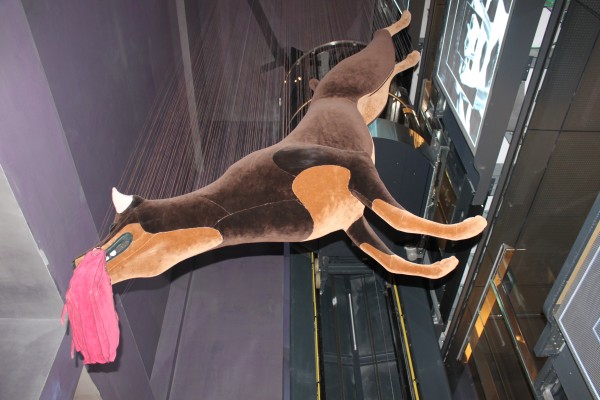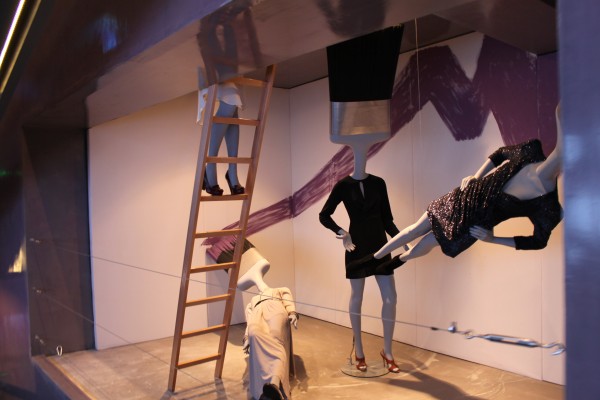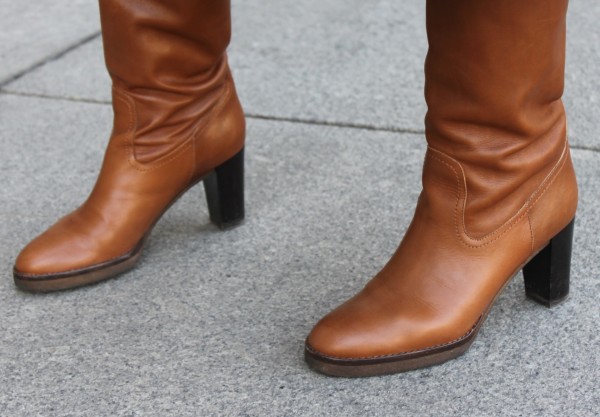
The reason for my trip to Milan this week was the opening of “O’Clock – time design, design time” with Officine Panerai as the main partner. The exhibition is curated by Silvana Annicchiarico and Jan van Rossem, with a special exhibition design by Patricia Urquiola that analyses the relationship between the concept of time and design, on display at Milan Triennale from 11th October 2011 to 8th January 2012.
The works on show describe the way in which some 80 international designers and artists have interpreted or represented one of the fundamental themes of our culture, that of time.

Patricia Urquiola has also created for Officine Panerai the installation “I mondi di Officine Panerai” (The worlds of Officine Panerai), presented here for the first time, in which eight watch models recount, as protagonists, the design of Panerai. The installation, positioned at the end of the exhibition, is open from 11th to 23rd October and consists of eight models in as many display cases, in which the watches are presented in a setting that skilfully blends humour and poetry and create the effect of a time tunnel which appears to possess a soul, that of time.

If the link between the concept of time and a brand of high-end timepieces is obvious and immediate, the same can be said of the connection between Panerai and the world of design. The Radiomir and Luminor, created in the 1930s and 1940s for the Italian Navy frogmen commandos, have become icons of fine watch-making since their launch in the 1990s.
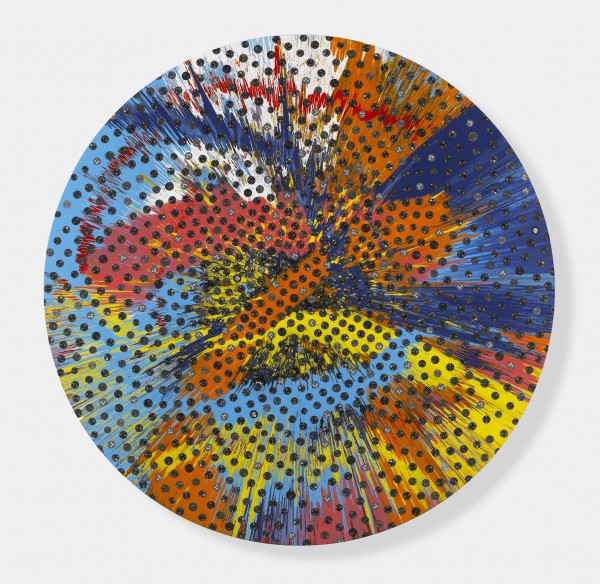 Damien Hirst, Beautiful Sunflower Panerai Painting
Damien Hirst, Beautiful Sunflower Panerai Painting
On the occasion of the exhibition the famous British artist Damien Hirst is premiering two works, made using the spin painting technique and using dials from Panerai watches and household gloss on canvas: Beautiful Sunflower Panerai Painting and Beautiful Fractional Sunflower Panerai Painting.
“I love Panerai”, declared the British artist. “The watches are timeless and I made this spin painting using black Panerai watch faces without hands in the pattern of the seeds in the head of a sunflower – I hope the painting makes you think, we are here for a good time, not a long time.”
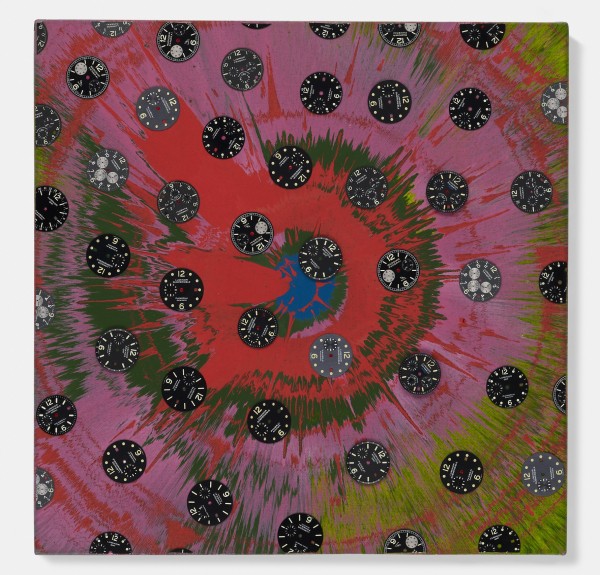 Damien Hirst, Beautiful Fractional Sunflower Panerai Painting
Damien Hirst, Beautiful Fractional Sunflower Panerai Painting
© 2011 Damien Hirst and Science Ltd. All rights reserved DACS,
Photos: by Prudence Cuming Associates
By the way, Damien Hirst has included Panerai watches on several occasions in the past in his works: a Panerai watch is painted on a table next to medicines and a skull in “Skull with Watch” from 2005 and is physically present in the installations “The Tranquility of Solitude (for George Dyer)” (2006), and “Killing Time” (2008).

Gomitolo Clock
Carlo e Benedetta Tamborini
Diamantini & Domeniconi, 2008
courtesy Diamantini & Domeniconi
A cotton-knit cover; almost as if to suggest a subtle link between the technique of measuring time and the art of weaving.
One of my favourite art works is the following, created with different pieces of furniture:

The bug – Time Machine
Patricia Urquiola
site-specific, 2011
Time has always been an obsession for humanity in that it is the least controllable and modifiable element. The strongest limit to be overcome and on which technology and progress can intervene least of all. Dealing with our being limited, with a deadline, which we can try to extend, but not avoid. Dealing with eternity and the impossibility of experiencing it. The curiosity of being able to foresee or read the future, the primary search of every civilization, which perpetuates itself in continuous unlikely and unfound attempts, based on foundations comparable to beliefs. Power linked to a supposed control of time, by means of forecasts, surveys, readings, premonitions, the study of cycles, the creation of systems, genetic analysis, preventative tests, séances, oracles, reading of cards, bones, animal guts, the hand, the stars. To be able to make money on the stock market, to know society’s moods, the opinions of the decision-makers, to create consensus, prevent, anticipate, control. The final solution? Invent a time machine just like the train, the car, the airplane and the spaceship were invented.
Further and further away, faster and faster, in less time, but always and only in the present and space.
The bug is a worm, an insect, something unforeseen, an error, an act of nature or something artificial, like a metaphor for the impossibilty of total control of time.
Patricia Urquiola
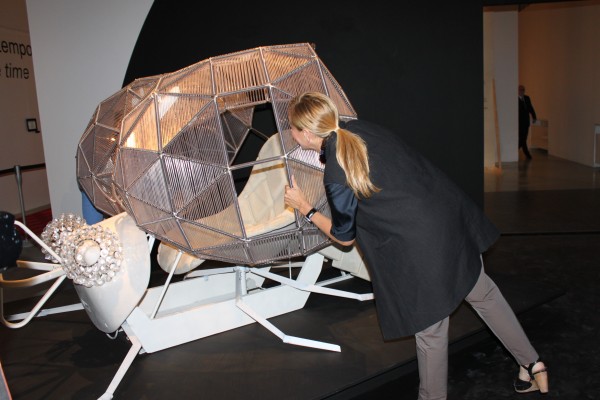 Patricia Urquiola in front of her time machine
Patricia Urquiola in front of her time machine
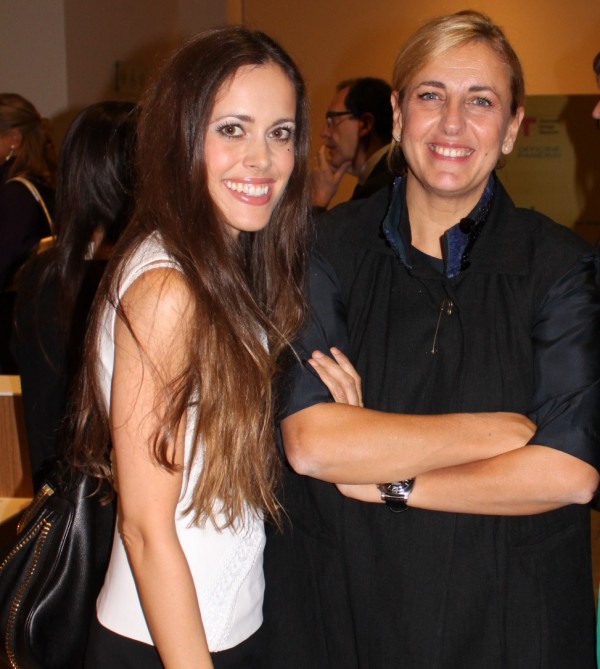 Patricia Urquiola with me
Patricia Urquiola with me

Poster Plants
Oscar Diaz
2011
courtesy Oscar Diaz
A piece of white paper with a paper tree with branches and a vase filled with green paint. The special material used to make the poster causes the green paint to be absorbed at regular intervals by the branches, so that the plant can „grow“ in the space of a few months.

Domino
Albin Karlsson
2005
courtesy Albin Karlsson
Dominoes arranged into the symbol of infinity fall one after the other in a chain reaction, to then rise again as if controlled by an invisible hand, ad infinitum.

Clock
Christiaan Postma
2008
courtesy Christiaan Postma
At 3:00 on the clock’s right side, the word THREE will appear, fading out as time passes; then, at about 3:30, the word FOUR will slowly begin to emerge.

Eternity
Alicia Eggert, Mike Fleming
2010
courtesy Alicia Eggert & Mike Fleming
30 clocks and 36 black hands for the hours and the minutes move so as to form the word Eternity every 12 hours and only for a few secons on a white acrylic panel.

Givenchy
Riccardo Tisci
2011
courtesy of Sandra Bauknecht
This one was a little joke…got you? But sometimes clothes are pieces of art.
My look for the exhibition opening: Black and white dress and ruffled jacket with zipper detail by Givenchy, suede pumps by Yves Saint Laurent, stay-ups “Bonny Dots” by Wolford and cocktail ring by Dior Haute Joaillerie.
“Life can only be understood backwards; but must be lived forwards” – Sören Kierkegaard
LoL, Sandra
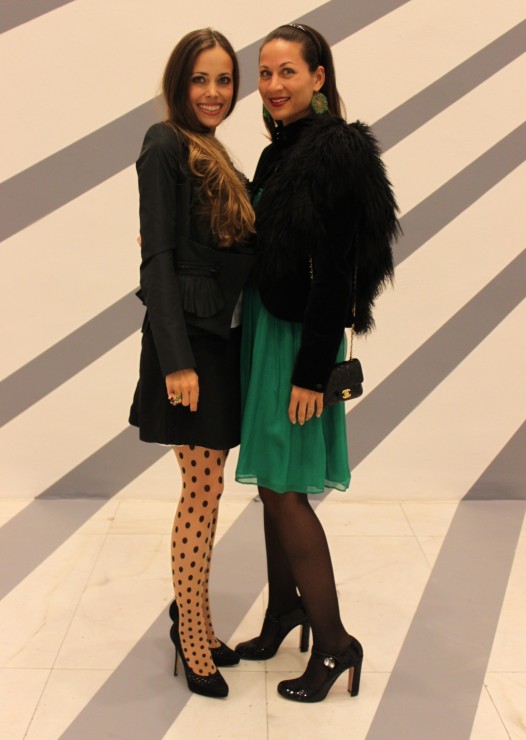 Suryia Hill to the right with me, Photos: © Sandra Bauknecht
Suryia Hill to the right with me, Photos: © Sandra Bauknecht
, ruffled-hem silk and wool-blend skirt, ruffled-neck chiffon blouse, Queercore embellished leather ankle boots, GG Marmont matelassé shoulder bag
and oversized round-frame actate sunglasses, all by Gucci.
Horsebit blue topaz diamond white gold ring
by Gucci Fine Jewellery.






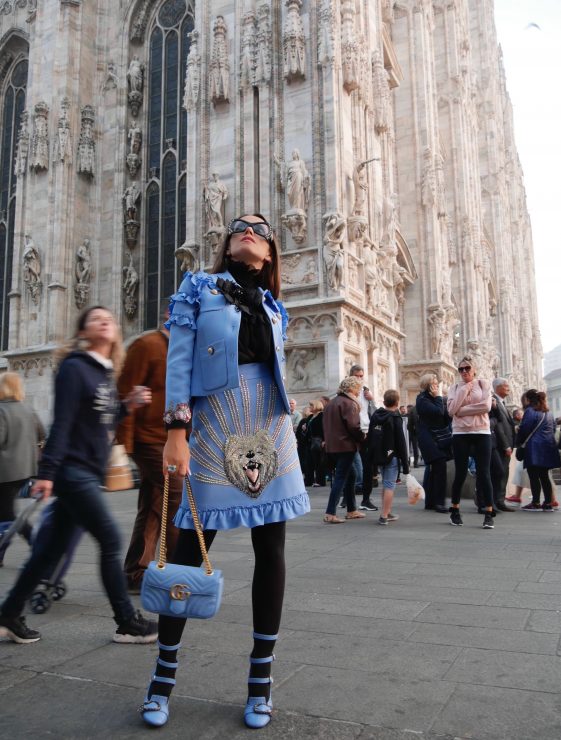

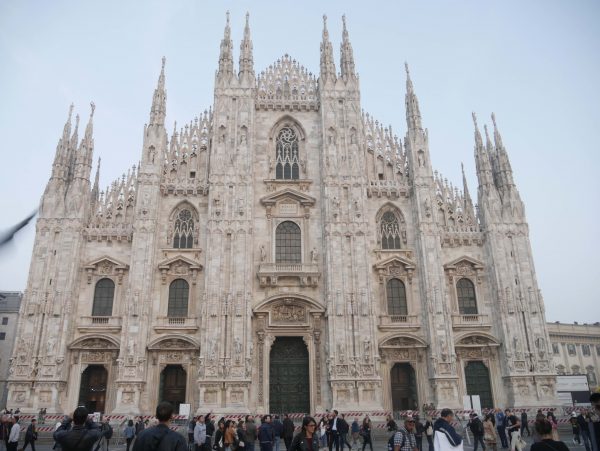
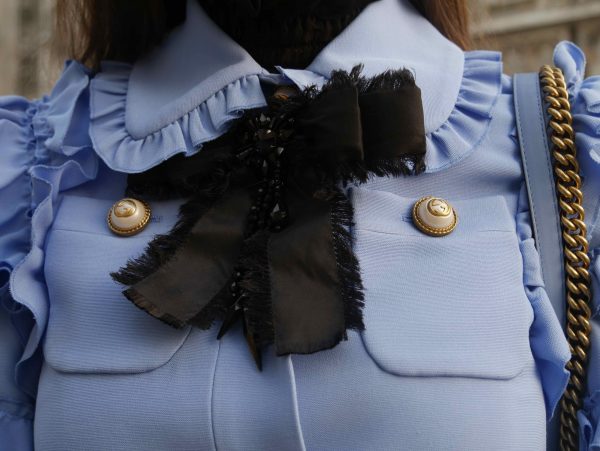
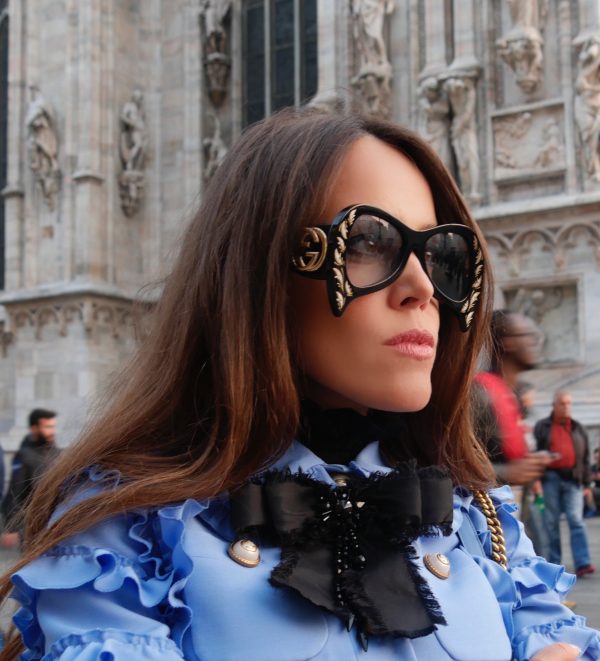

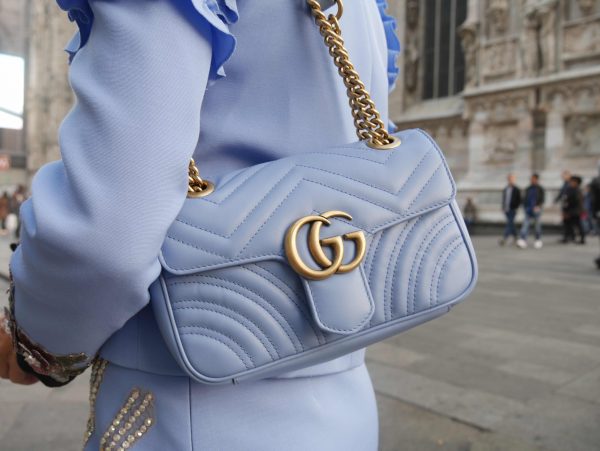
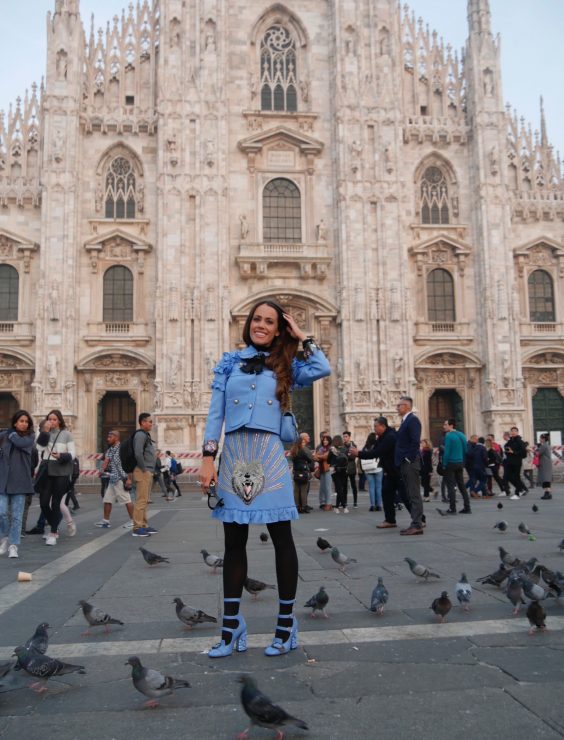
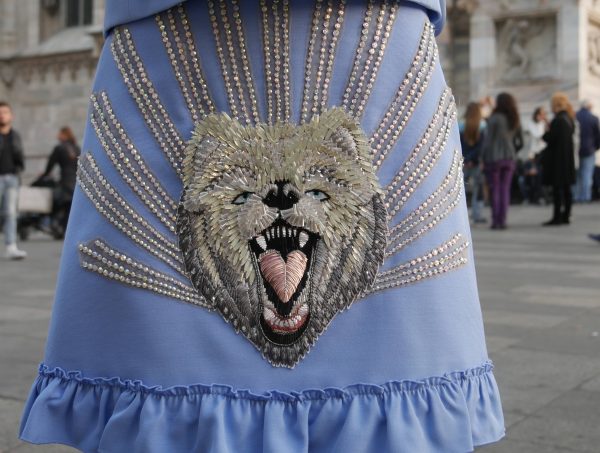

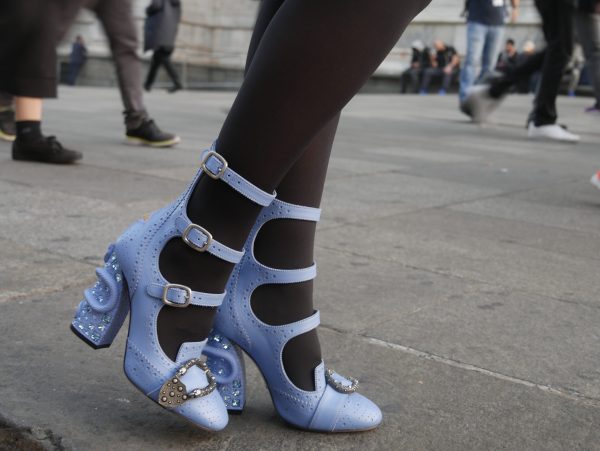
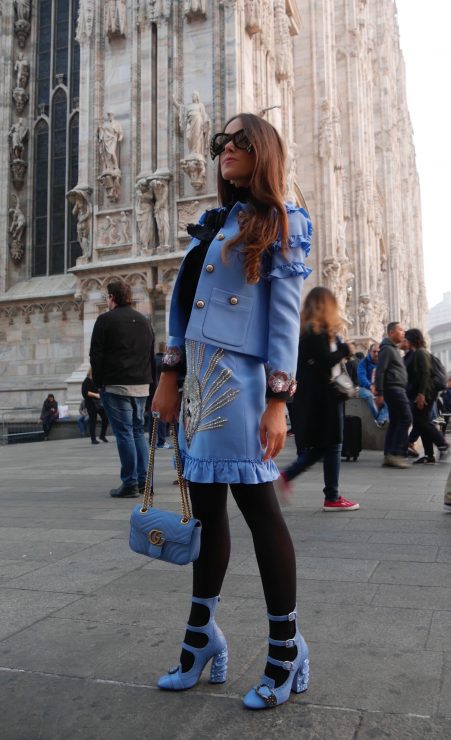
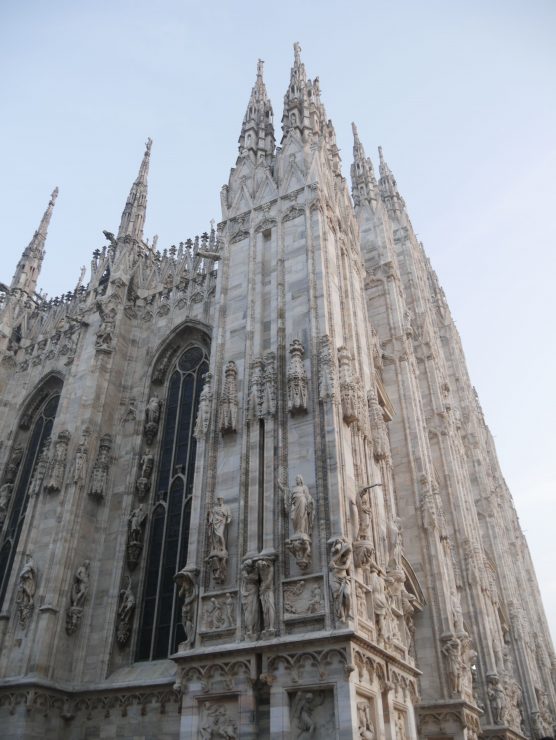
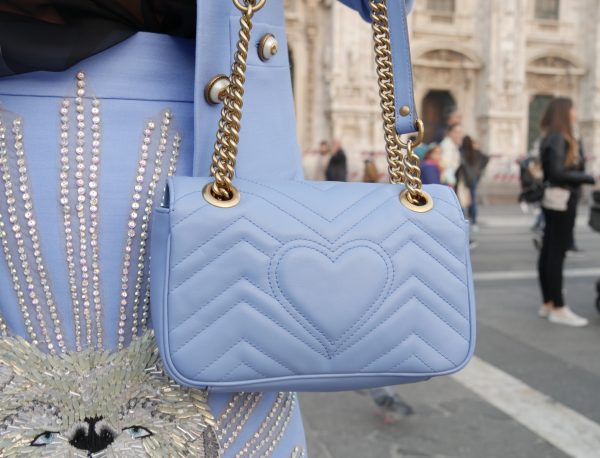
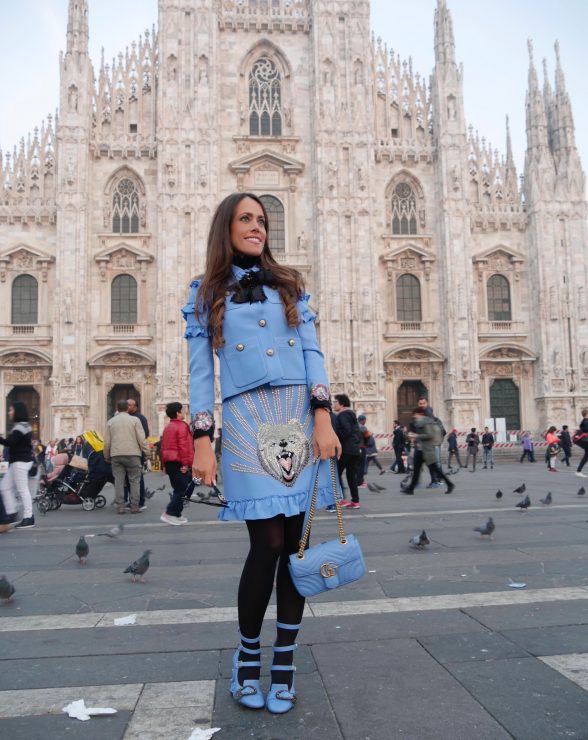

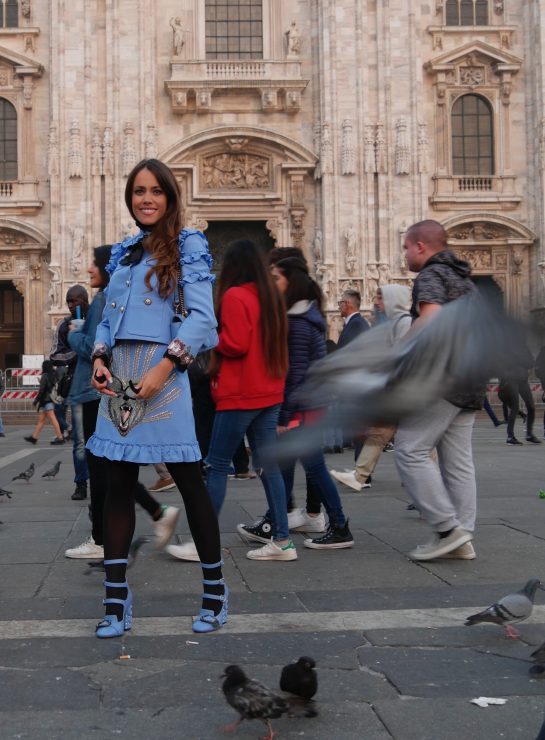
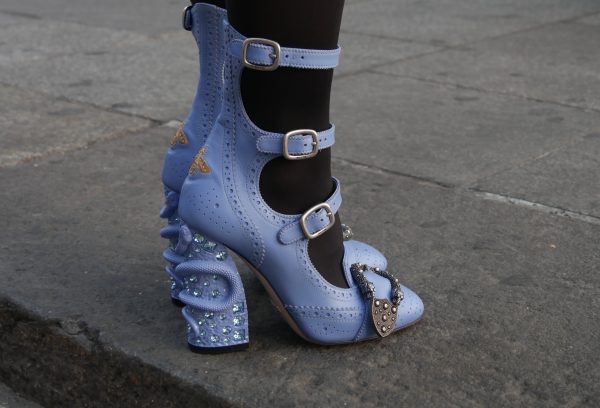
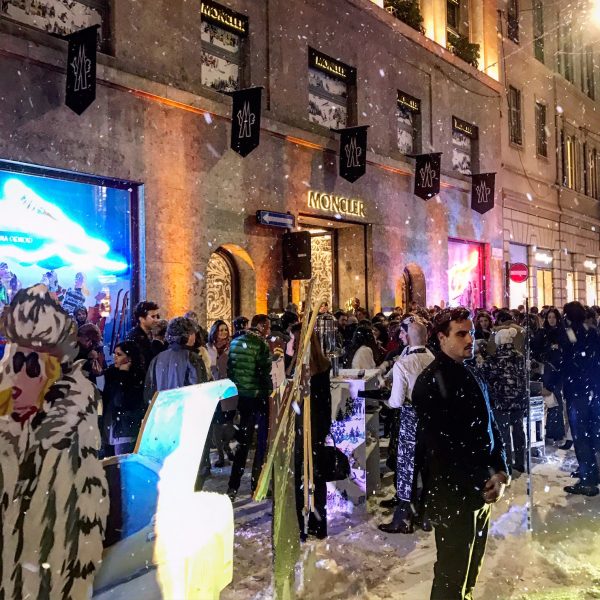









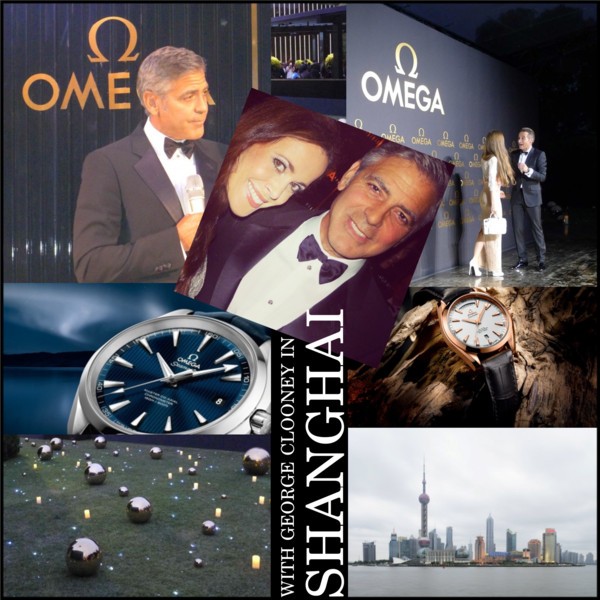
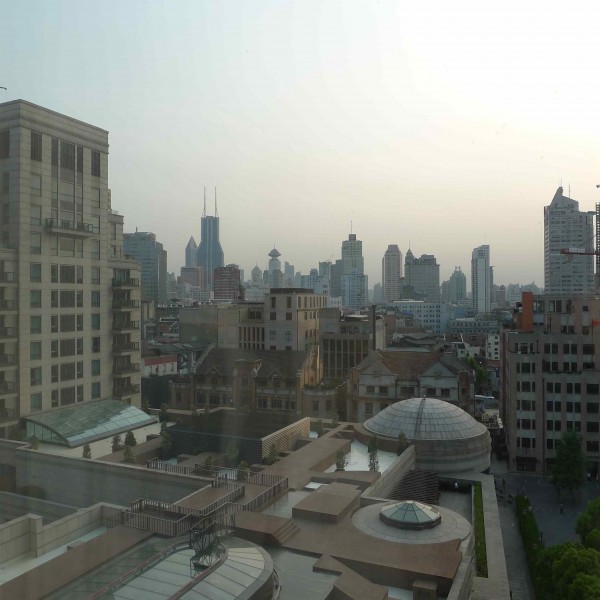
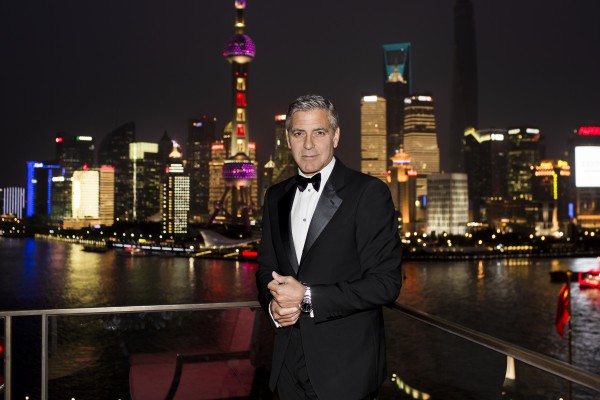
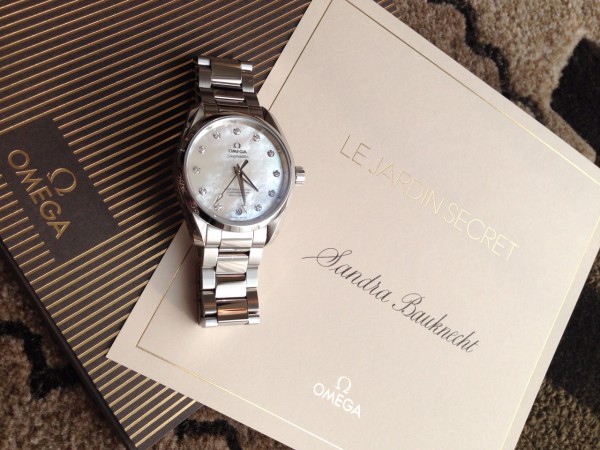
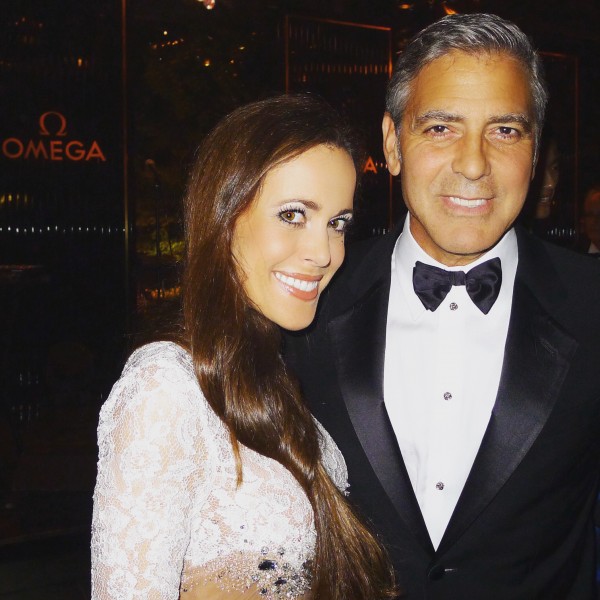
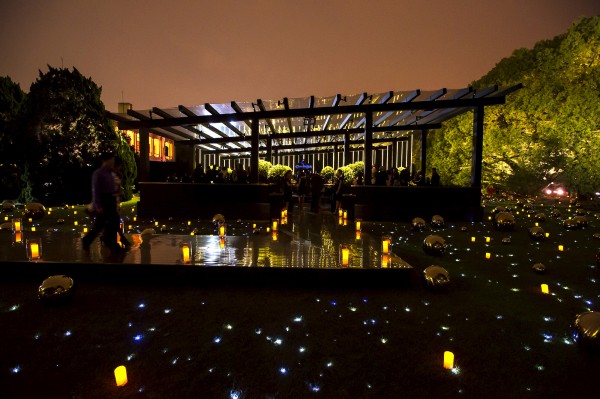
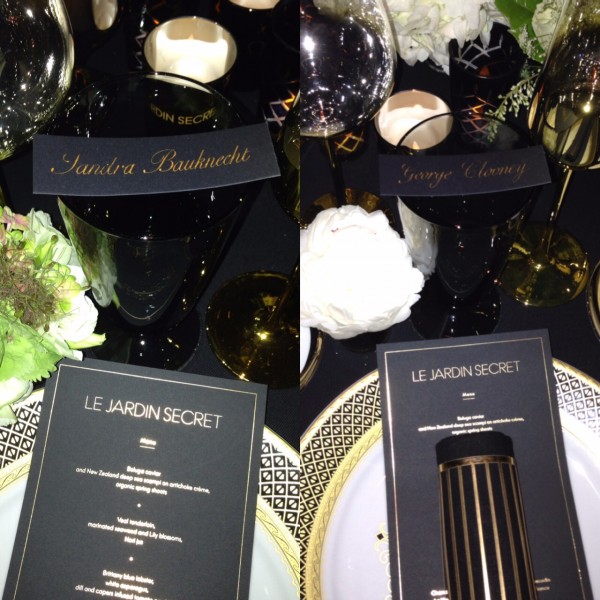
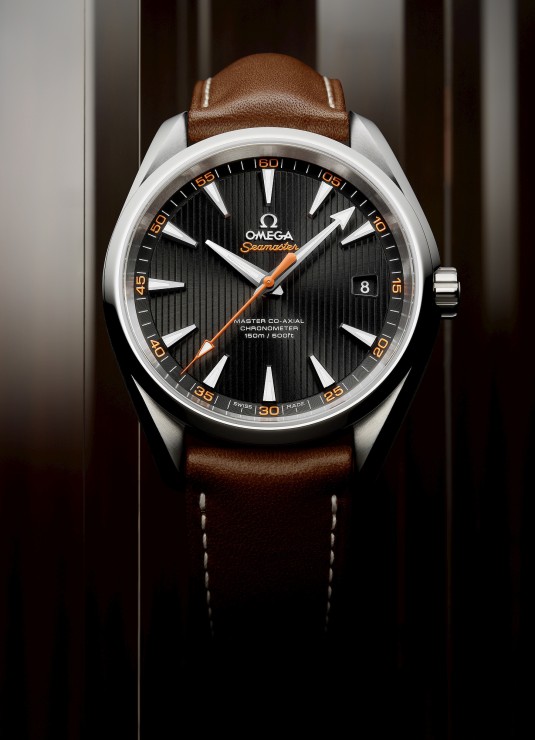
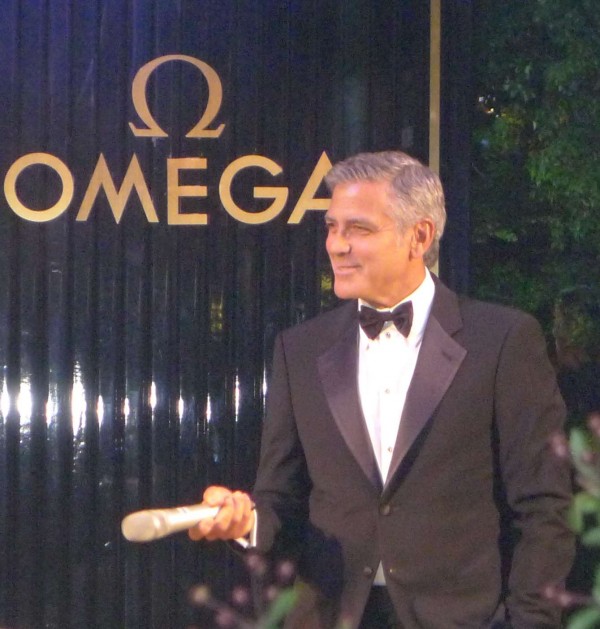
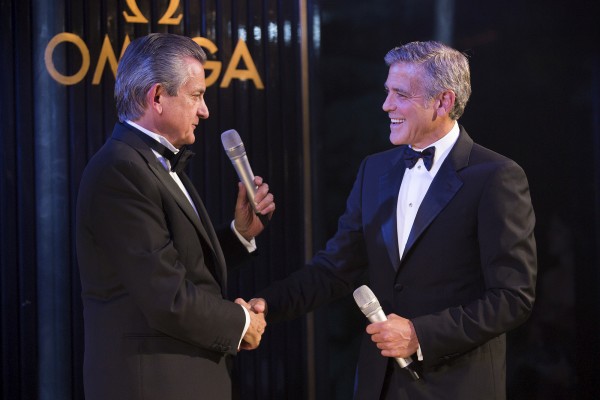
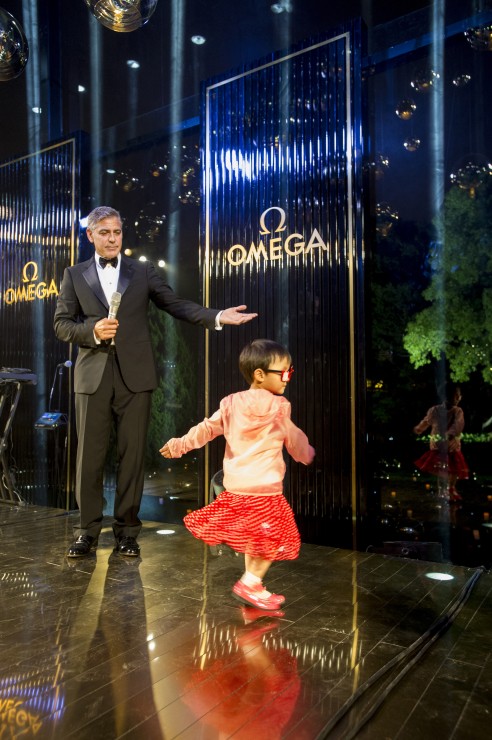
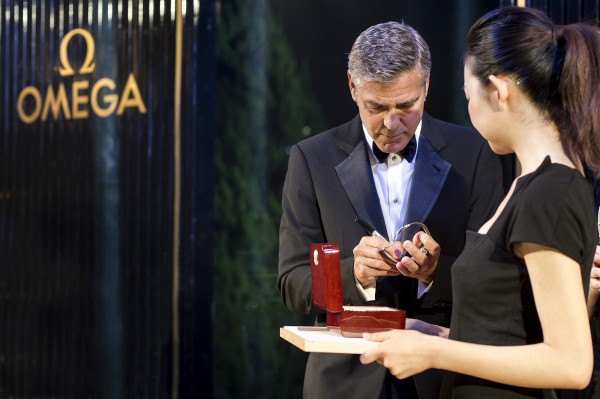

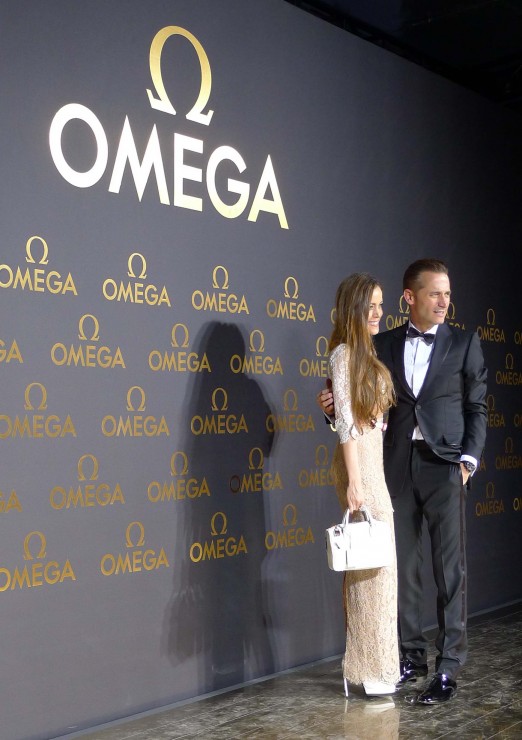
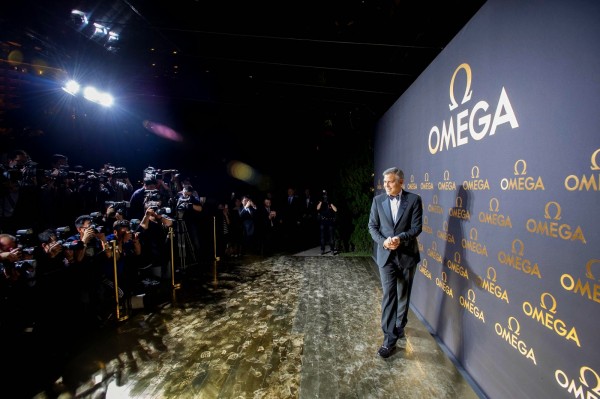
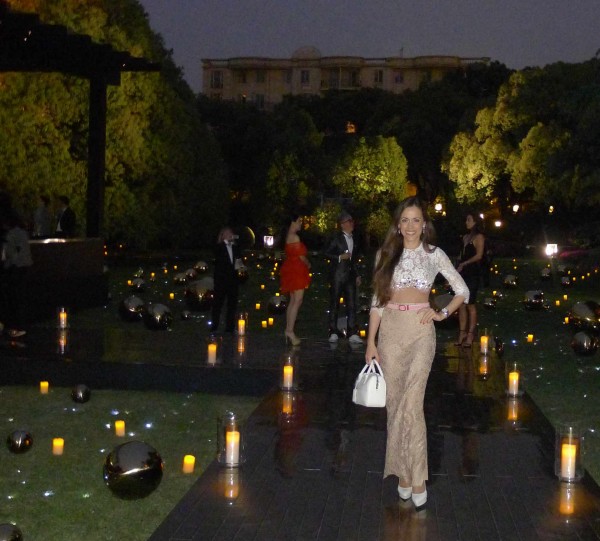

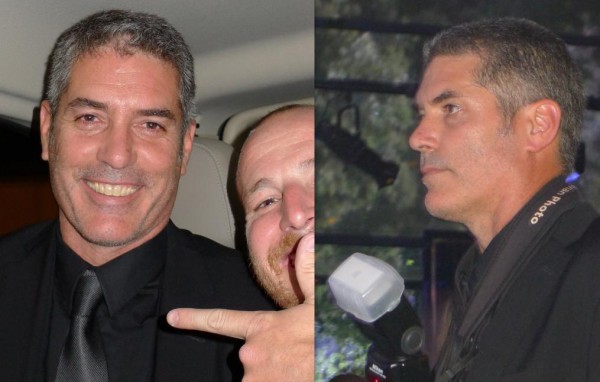
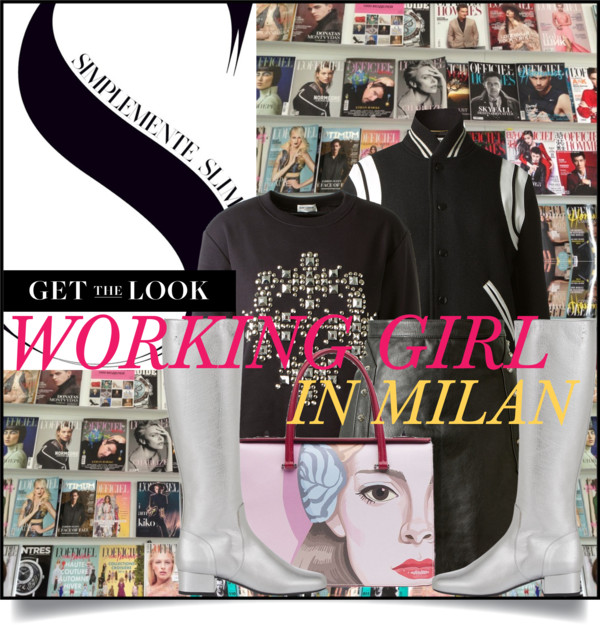
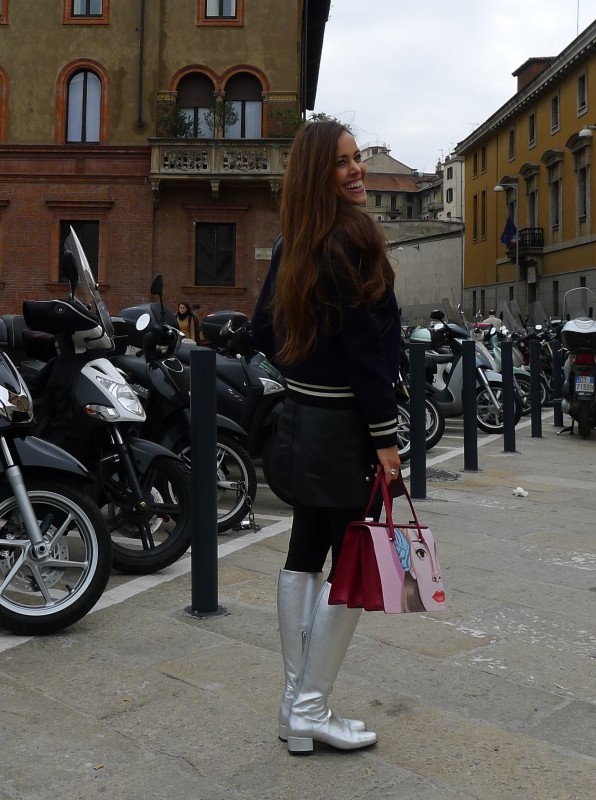
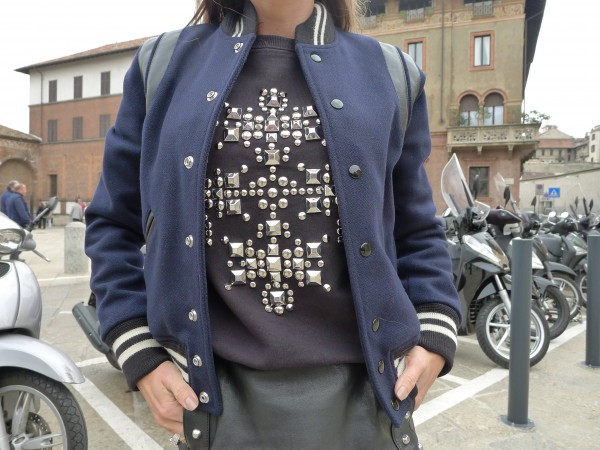
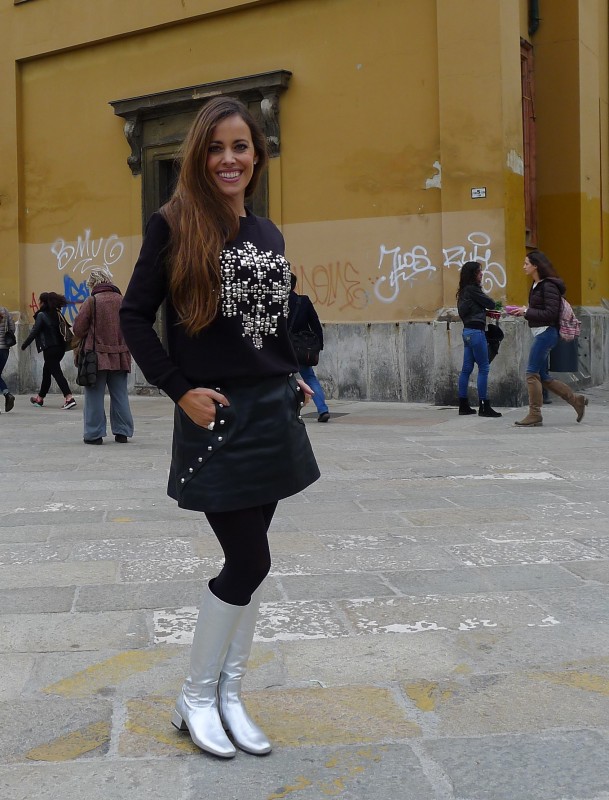

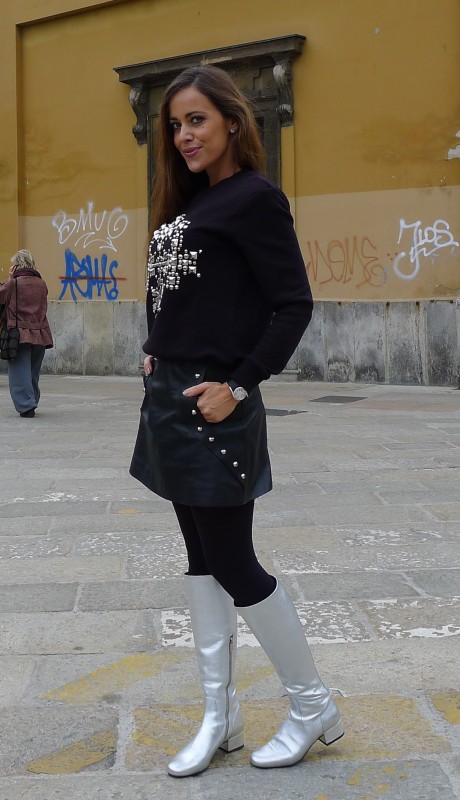
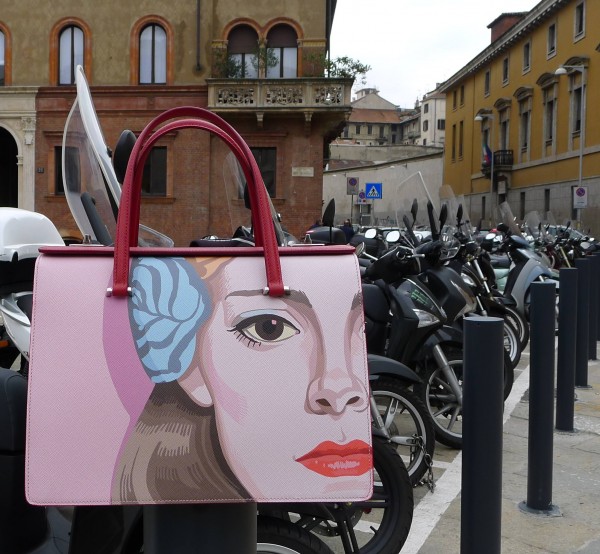
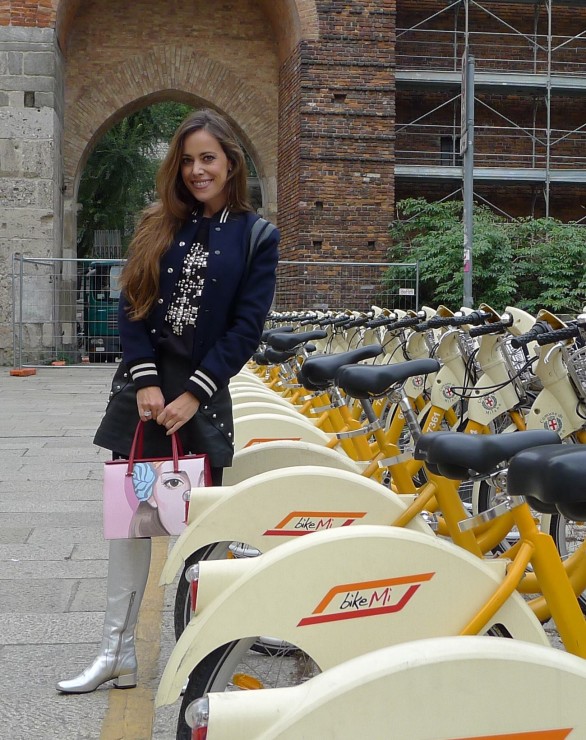
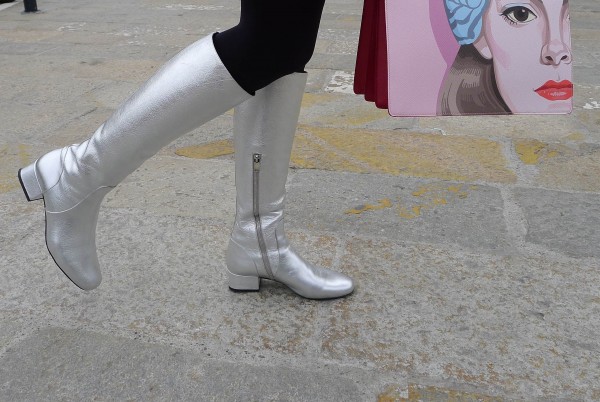

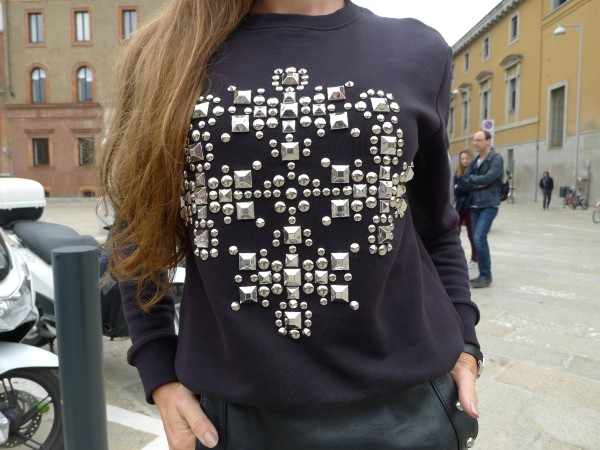

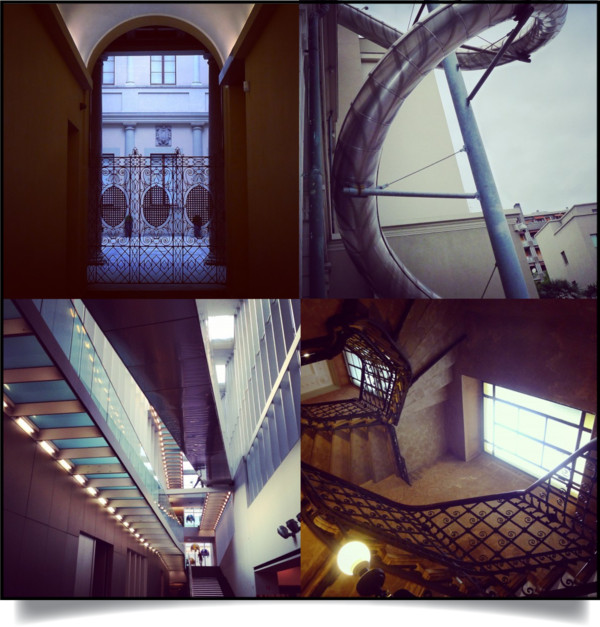

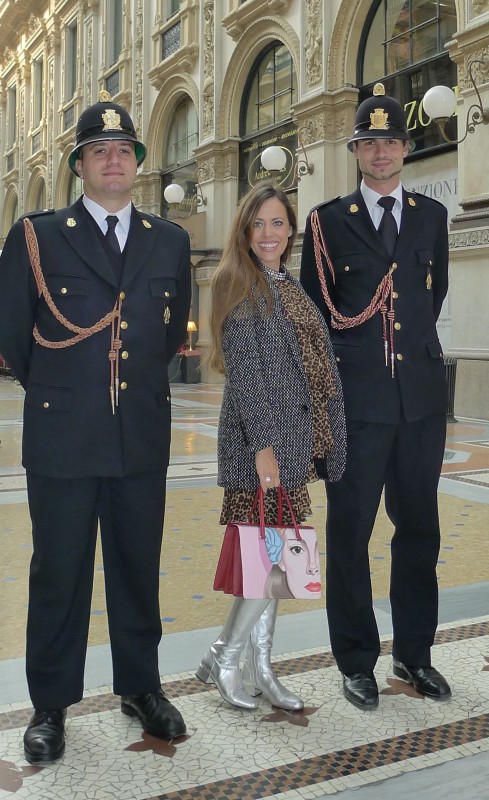












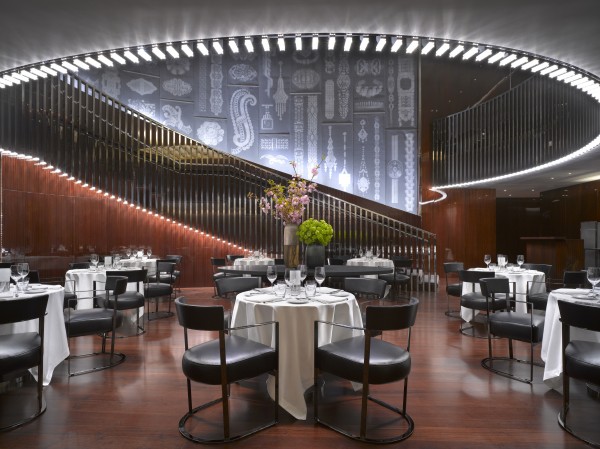

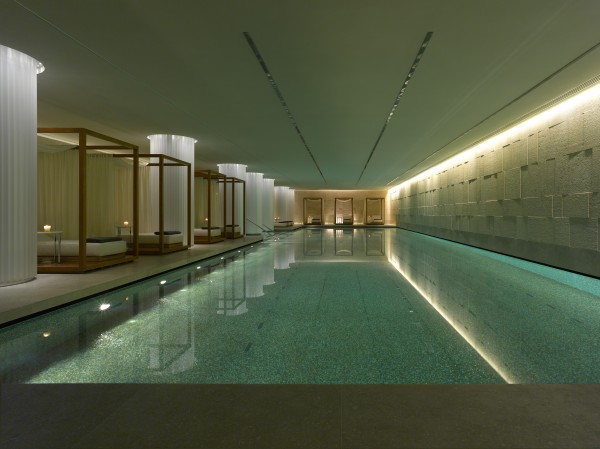
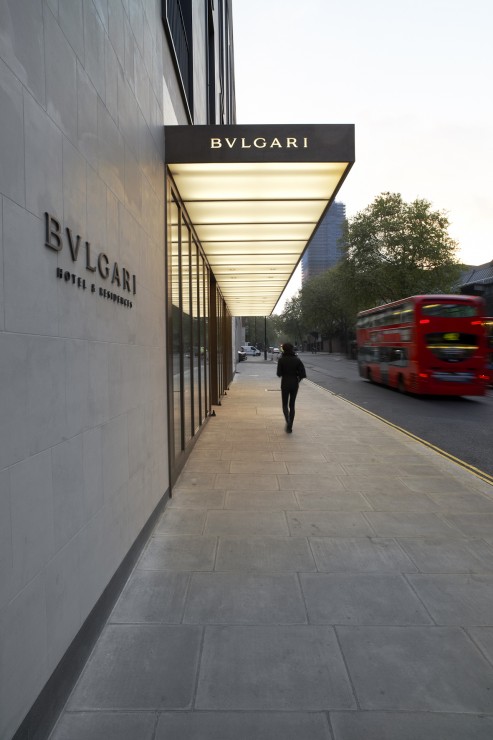 Photos: Courtesy of Bulgari, © Massimo Listri and © Leo Torri
Photos: Courtesy of Bulgari, © Massimo Listri and © Leo Torri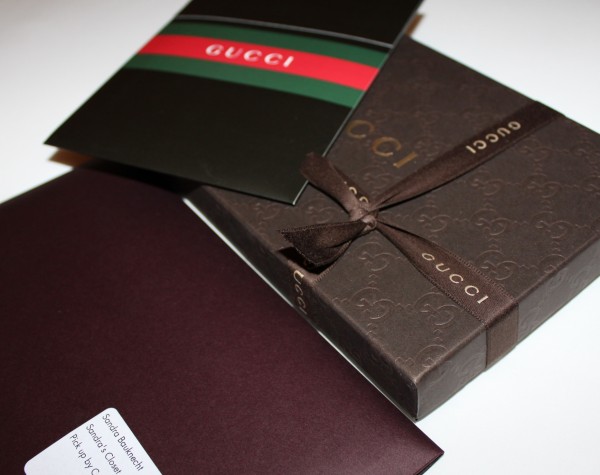
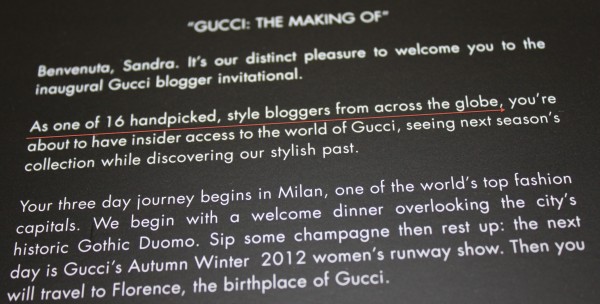
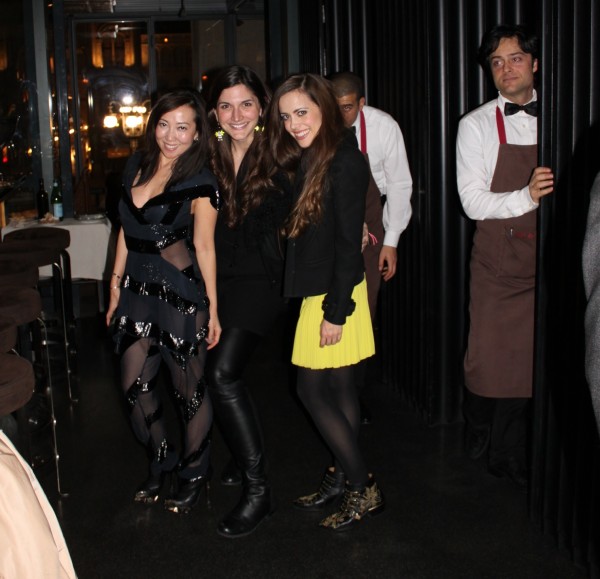
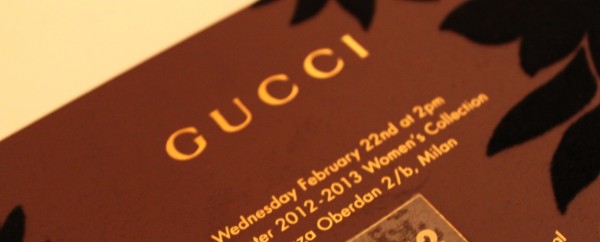




 Damien Hirst, Beautiful Fractional Sunflower Panerai Painting
Damien Hirst, Beautiful Fractional Sunflower Panerai Painting


 Patricia Urquiola with me
Patricia Urquiola with me





